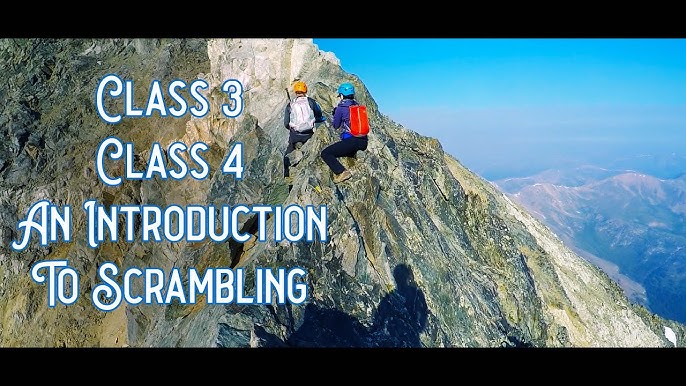What Is Class 2 In Hiking: A Guide To Terrain Difficulty Levels
Mount Sherman: Colorado 14Er | Hikers Guide On Class 2 Route
Keywords searched by users: What is class 2 in hiking class 2 scramble, class 4 hike meaning, what is class 3 hiking, trail class 3, what is a class 1 hike, hiking class near me, trail class meaning, trail class 4
What Is Class 1 Vs 2 Hiking?
Hiking is categorized into different classes, primarily Class 1 and Class 2, each offering a distinct level of difficulty and terrain.
Class 1 hiking is typically done on established trails, providing a relatively straightforward and beginner-friendly experience. Hikers can expect a well-marked path and minimal obstacles, making it a great choice for those new to hiking or seeking a leisurely outdoor adventure.
On the other hand, Class 2 hiking presents a more challenging scenario. This level of hiking often ventures off established trails, leading you into more rugged and varied terrain. During Class 2 hikes, you might encounter situations where you need to use your hands occasionally for balance, especially when navigating steep or uneven ground. This category can also encompass easy snow climbs or traversing rocky landscapes, such as talus and scree fields, where footing can be less stable, requiring greater caution and skill.
In summary, Class 1 hiking is ideal for beginners and those seeking a more relaxed outdoor experience, while Class 2 hiking involves greater difficulty and adventure, often taking you off the beaten path into more demanding terrains.
What Does A Class 2 Climb Mean?
What does a Class 2 climb mean? In the classification system for mountain and rock climbing difficulty levels, Class 2 signifies a relatively straightforward level of difficulty. It involves simple scrambling, where climbers may occasionally need to use their hands for balance or support. A classic example of a Class 2 climb is Ruth Mountain. Moving up the scale, Class 3 represents a step up in difficulty with more challenging scrambling, occasionally requiring the use of a rope for safety. An example of this is Sahale Peak. Finally, Class 4 involves simple climbing, often with exposure to steep terrain and increased technicality. This classification system helps climbers gauge the challenges they will face on their ascents, allowing them to make informed decisions about gear and techniques.
Discover 40 What is class 2 in hiking

![Mount Garfield, a Stunning yet Convenient Class 2 Hike / Climb, Grand Junction CO [4K UHD] - YouTube Mount Garfield, A Stunning Yet Convenient Class 2 Hike / Climb, Grand Junction Co [4K Uhd] - Youtube](https://i.ytimg.com/vi/_CmqakFAQmk/sddefault.jpg?v=63a32eac)

Categories: Discover 37 What Is Class 2 In Hiking
See more here: c3.castu.org

The terrain can be varied and you will find rocks to climb over as well as steep sections of the trail that may require a bit more effort to navigate.Class 1Hiking on a trail. Class 2More difficult hiking that may be off-trail. You may also have to put your hands down occasionally to keep your balance. May include easy snow climbs or hiking on talus/scree.Class 2: Simple scrambling, with the possible occasional use of the hands. Example: Ruth Mountain. Class 3: Scrambling; a rope might be carried. Example: Sahale Peak. Class 4: Simple climbing, often with exposure.
Learn more about the topic What is class 2 in hiking.
- Hiking Class System Explained: With Pictures
- Route Difficulty Ratings – Colorado 14ers
- Climbing Rating Systems | Mountain Madness
- Hiking in the Philippines: Everything You Need to Know
- Definition: Climbing Grades and Class – Dr. David Nelson
- The Undeniable Importance of Zone 2 Heart Rate Training
See more: c3.castu.org/category/fashion